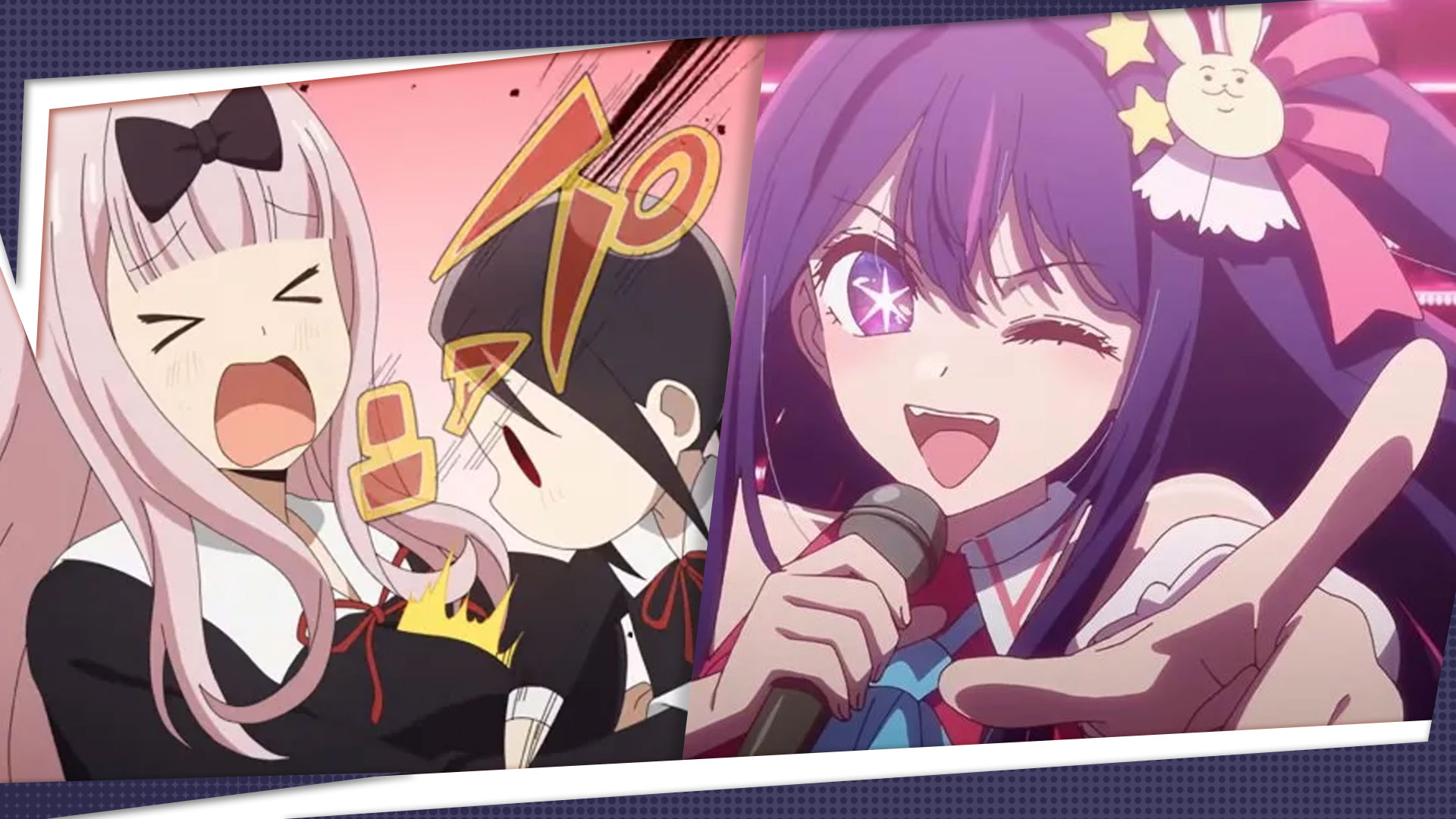Treat this as a recommendation list — if you like one of the two, check out the other.
Sometimes, it’s incredibly obvious when two works have the same author. That’s not always the case, though — some anime or manga can be incredibly different, but still be made by the same people. And we’re not talking about studios here.
Here are a few pairs of anime that were adapted from works by the same author — believe it or not, some of these are very unexpected!
One Punch Man and Mob Psycho
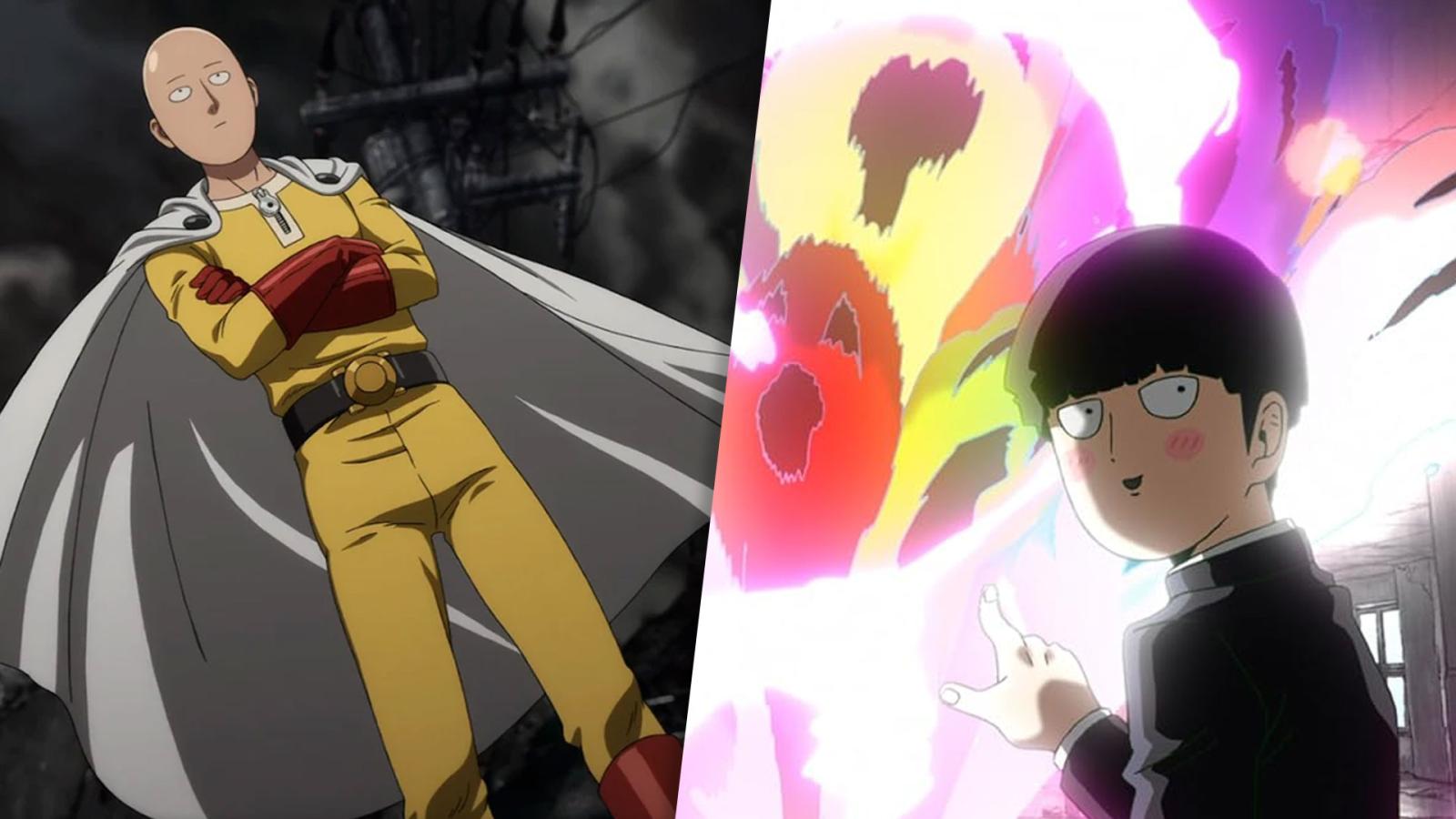
Perhaps the most famous example of “if you like one, you’d like the other” recommendation, One Punch Man is said to be very similar to Mob Psycho 100. Both anime deal with an overpowered protagonist and mix crazy action and comedy — and both have surprisingly wholesome moments.
While the manga for One Punch Man is illustrated by Yusuke Murata, it’s actually based on a webcomic by ONE — who is also an author of MP100. It’s very clear that these two are made by the same people once you read (or watch) both of them.
Kaguya-sama and Oshi no Ko
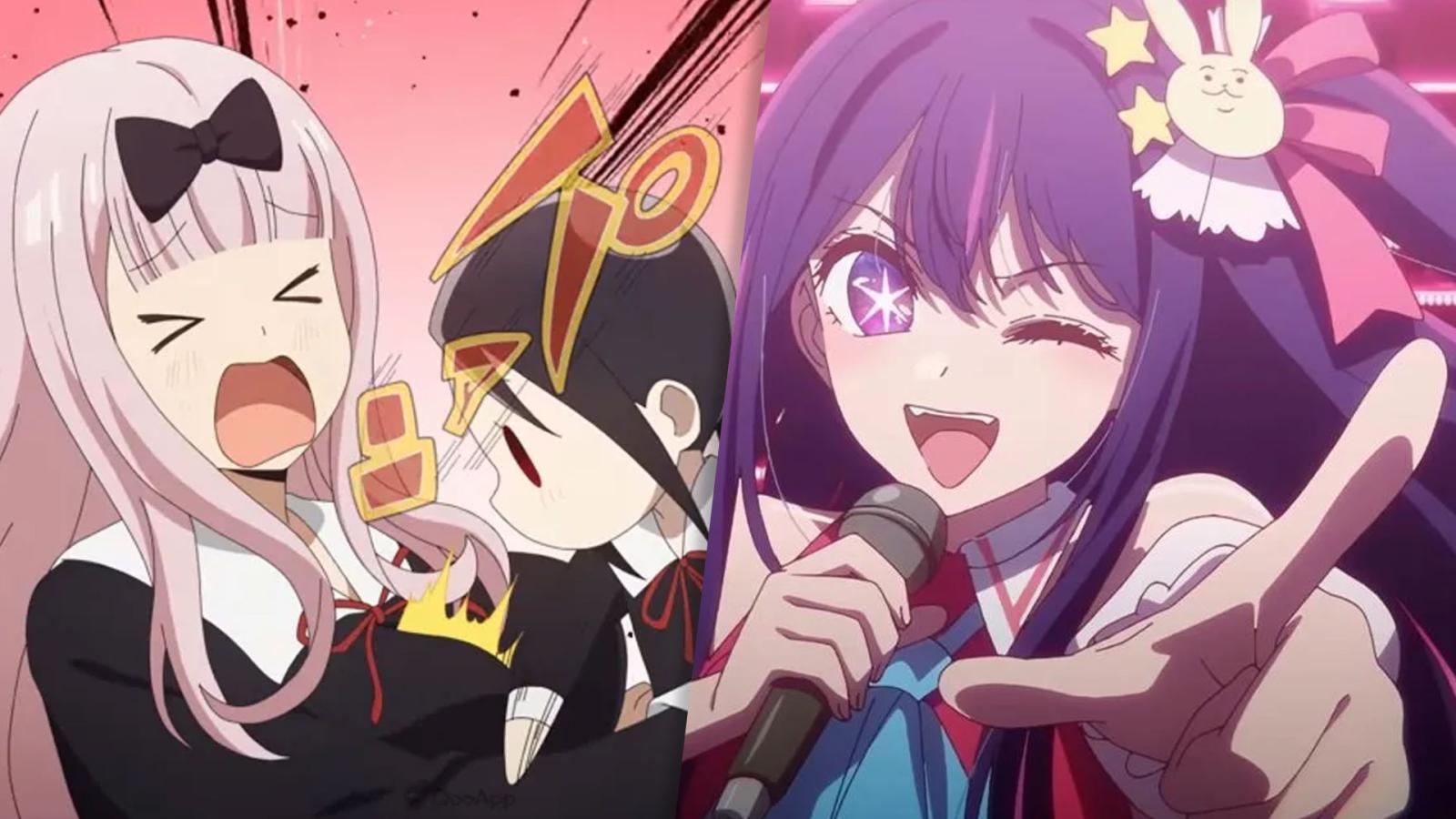
Here’s an example where two series belong to two completely different genres. Kaguya-sama: Love is War (Kaguya-sama wa Kokurasetai: Tensai-tachi no Renai Zunousen) is a high school romcom that becomes straight-up a romance series later on, and Oshi no Ko is a commentary on the show business industry in Japan — but they are closer than you might think.
The author of both is Aka Akasaka, who is known for his highly on-point social commentary. You can see some of it in Kaguya, too. Similarly, Oshi no Ko has a lot of romcom elements — which, interestingly enough, upsets some fans.
Fairy Tail and Edens Zero
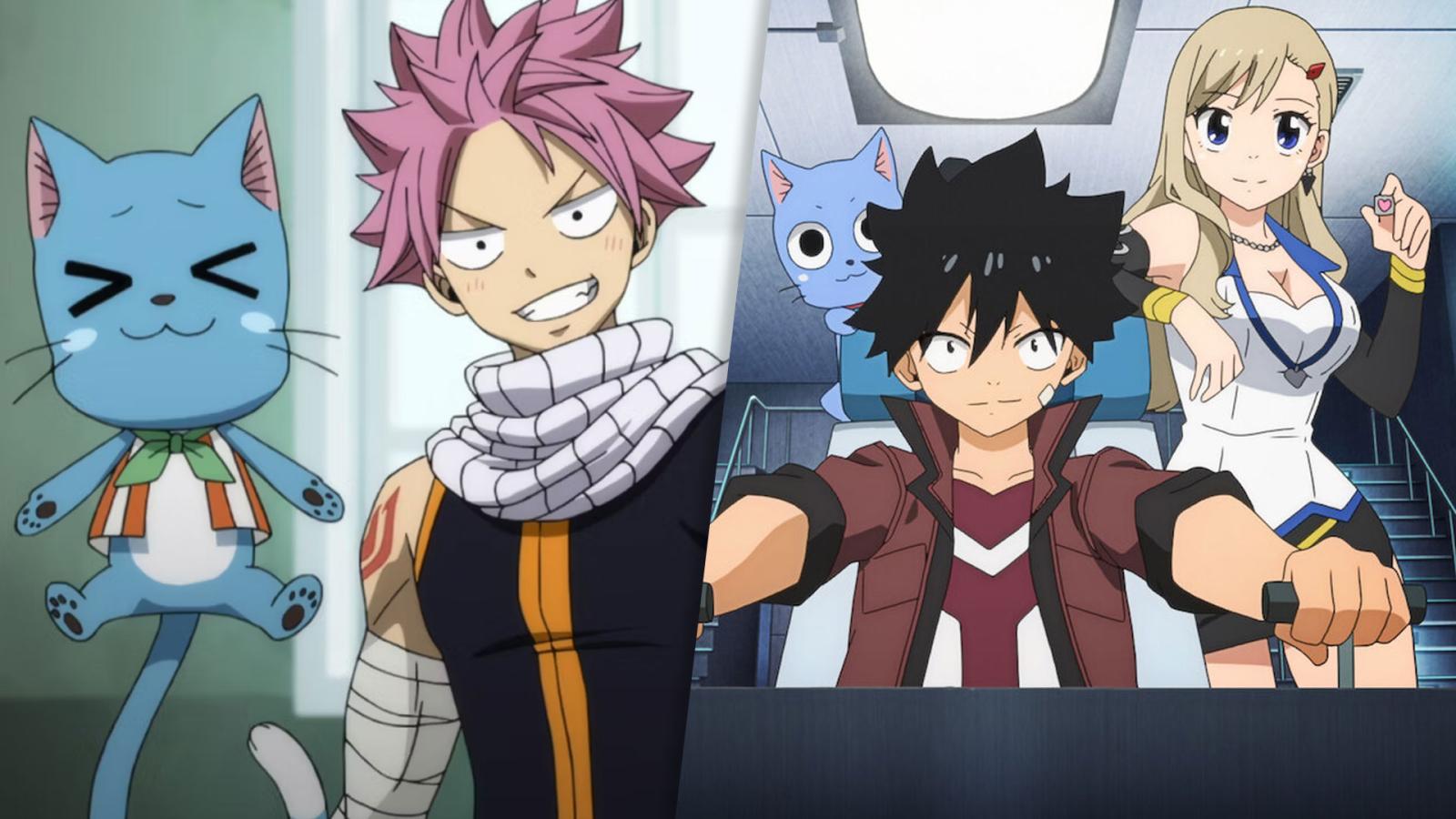
Hiro Mashima is actually quite famous — or infamous — for self-repetition. Fairy Tail’s structure is repetitive, and that’s why it’s so harshly criticized. It’s not even the first manga of his with these character designs and archetypes — they were practically lifted from an earlier manga by him, called Rave Master (Groove Adventure Rave).
However, that still wasn’t as blatant as Edens Zero — the manga he started writing after Fairy Tail. It was called “Fairy Tail in space,” and not even jokingly — that’s exactly what it is. Some fans even believe they happen in the same universe and will be connected at some point, though Mashima stated that is not the case.
Death Note and Bakuman
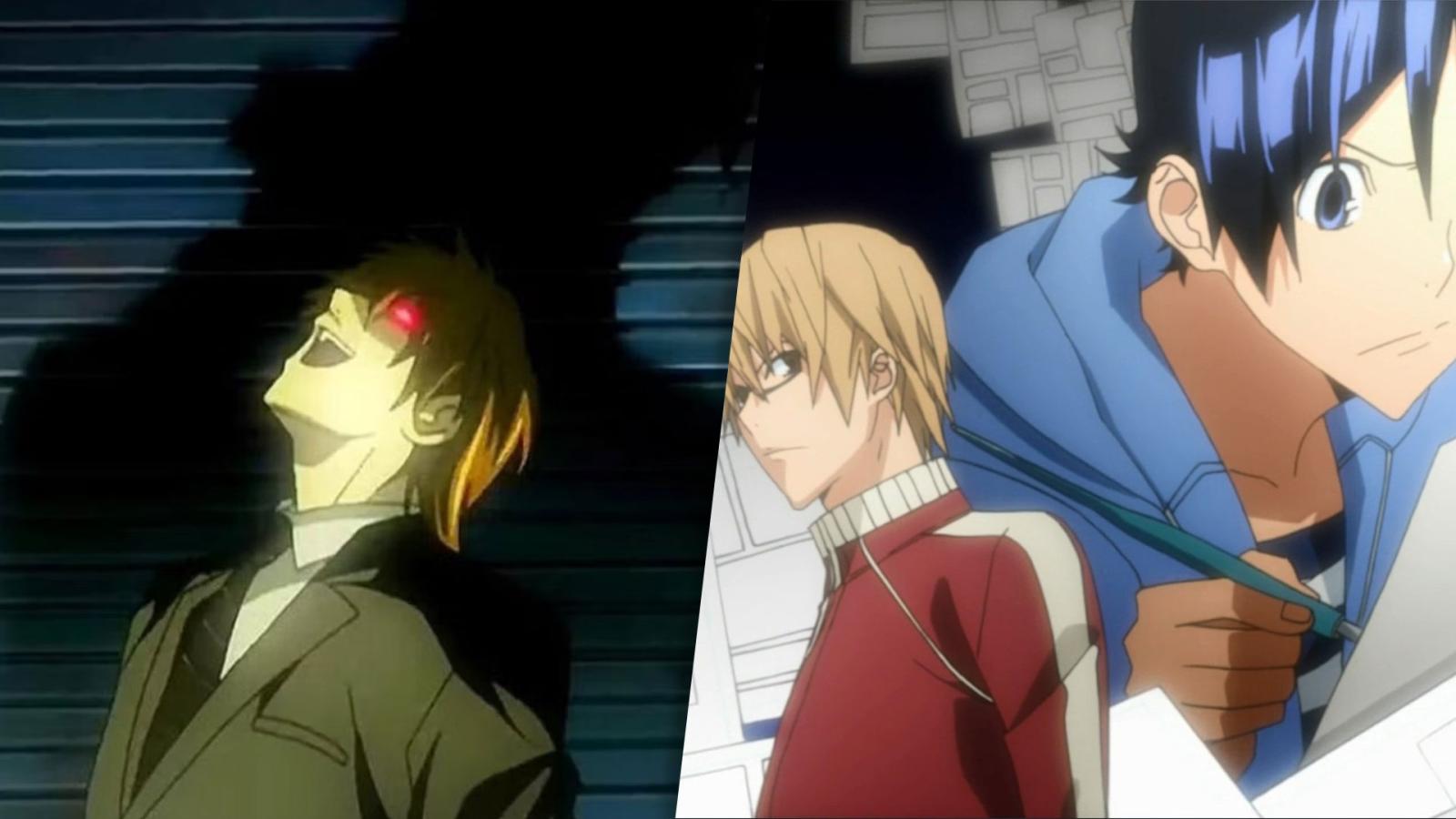
Two of some of the most popular anime from 15-20 years ago were actually written by the same author duo. Tsugumi Ohba and Takeshi Obata first attracted mainstream attention with Death Note — which still is one of the go-to recommendations for new anime fans.
Bakuman, their next manga, is a story about passion and following your dream. It’s a story of manga creators, full of insights into the industry — and many suspect it’s at least semi-auto biographical for the author duo. Over time, it became less popular, sadly. Ohba and Obata also were responsible for Platinum End (the anime for which was released in 2021), but it wasn’t as well-received.
Re:Zero and Vivy

Tappei Nagatsuki first gained fame as the author of Re:ZERO -Starting Life in Another World- (Re:Zero kara Hajimeru Isekai Seikatsu). That’s still his most successful series by far, and the one he dedicates the most time to — however, him being famous also meant he got an opportunity to participate in other projects.
Some of these had limited success, but some actually became (somewhat) mainstream. Of course, it’s not even close to the popularity of Re:Zero, but Vivy: Fluorite Eye's Song has a lot of dedicated fans. It’s a fairly unique take on the sci-fi genre and the concept of artificial intelligence.
Fullmetal Alchemist and Silver Spoon
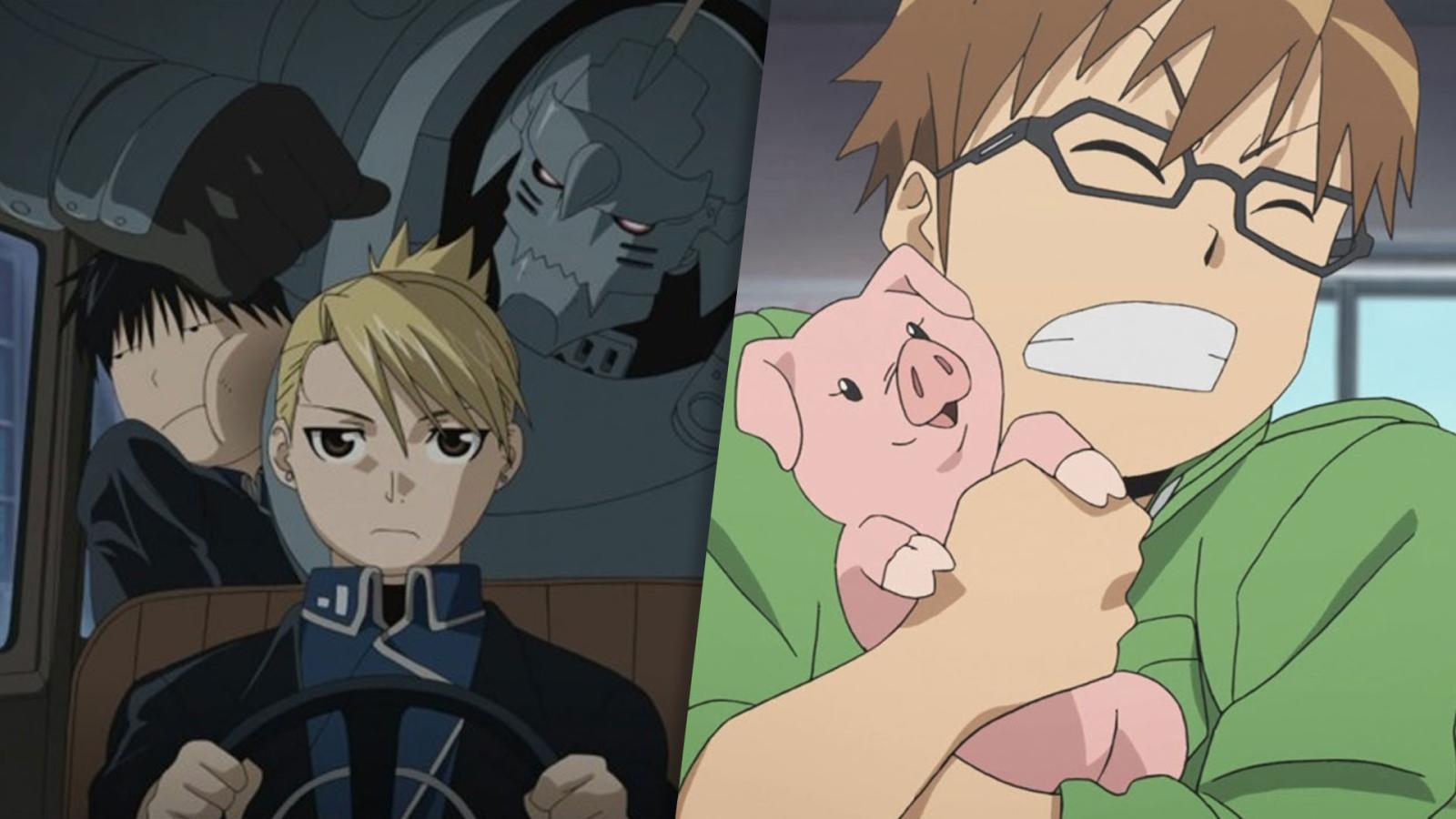
For many years, Fullmetal Alchemist: Brotherhood used to hold the first place on MyAnimeList’s “Top anime” page. While it’s only second at the moment, it still boasts a lot of critical acclaim, with many going as far as calling it the best battle shounen.
Funnily enough, Hiromu Arakawa didn’t stick to battle shounen after the success of FMA. She tried doing something more grounded — and she was good at it, too. Silver Spoon (Gin no Saji) is a slice-of-life series about life on a farm, something she is familiar with firsthand.
“Rascal Does Not Dream” series and The Pet Girl of Sakurasou
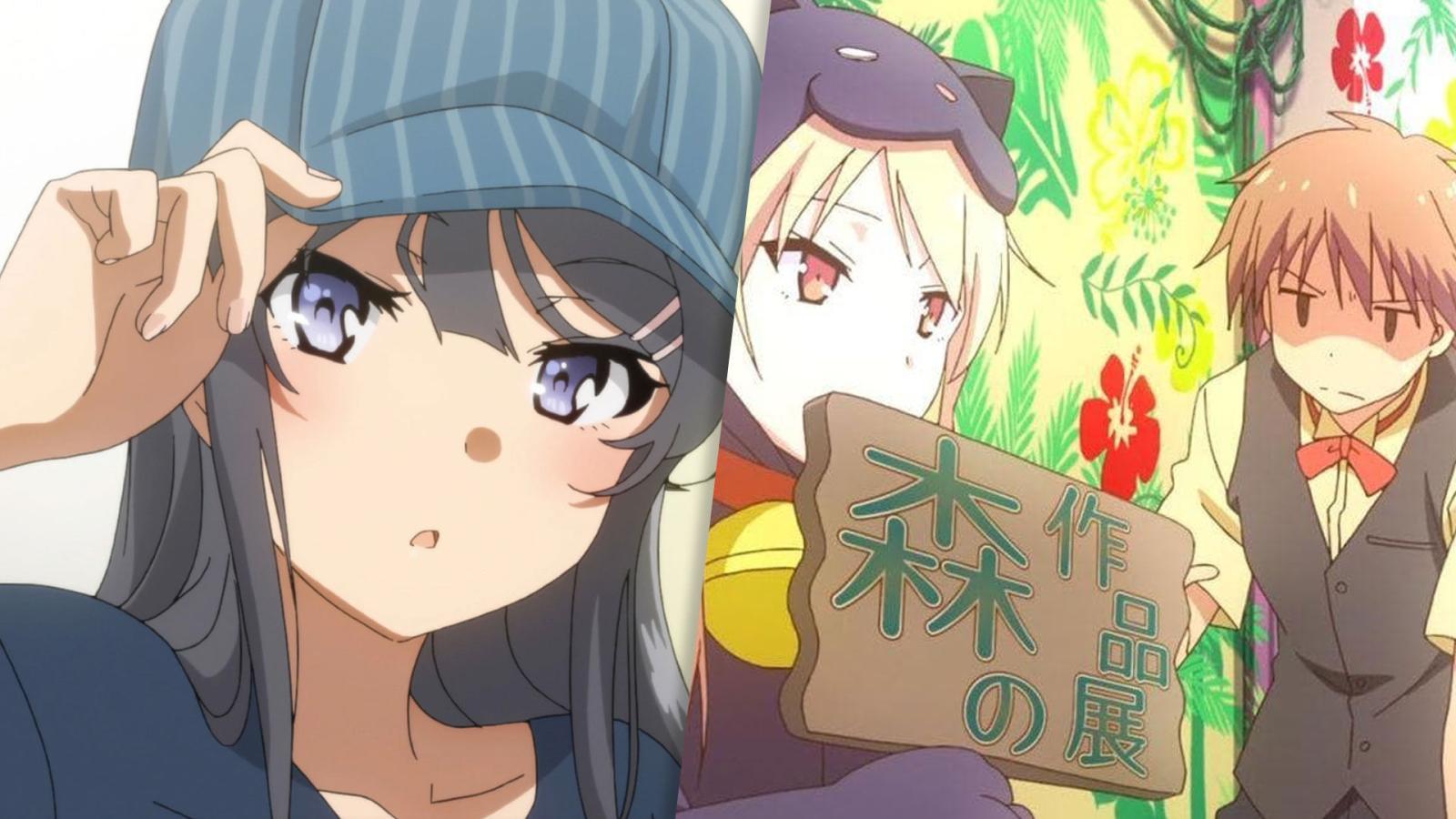
In retrospect, this one is really funny. Initially, Rascal Does Not Dream of Bunny Girl Senpai (Seishun Buta Yarou wa Bunny Girl Senpai no Yume wo Minai) attracted many people because the light novel author, Hajime Kamoshida, also wrote The Pet Girl of Sakurasou (Sakura-sou no Pet na Kanojo). Of course, it wasn’t popular just because of the author making a popular work before, but that certainly helped a lot.
Over the years, however, The Pet Girl of Sakurasou became less and less relevant, giving way to newer romcoms. Rascal Does Not Dream became mainstream practically instead of it: the multi-arc structure of it really helps.

